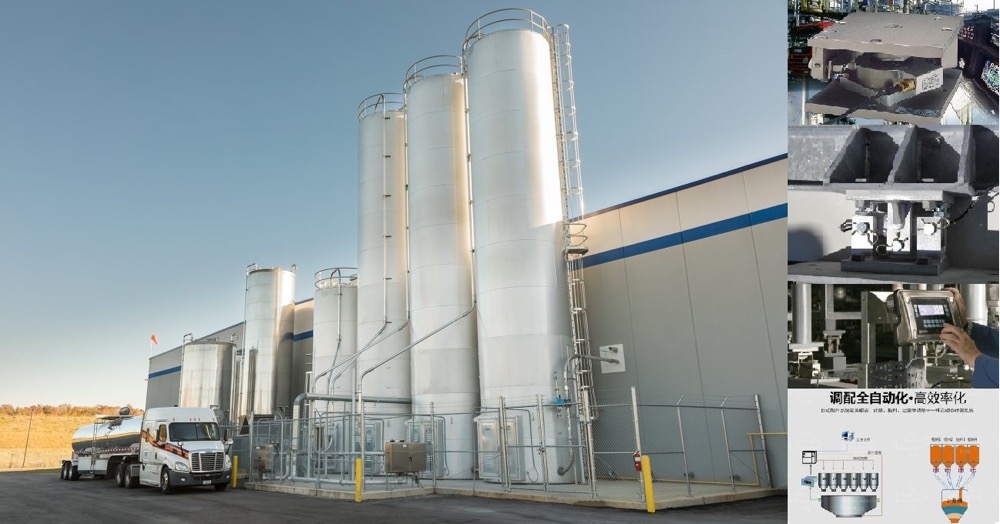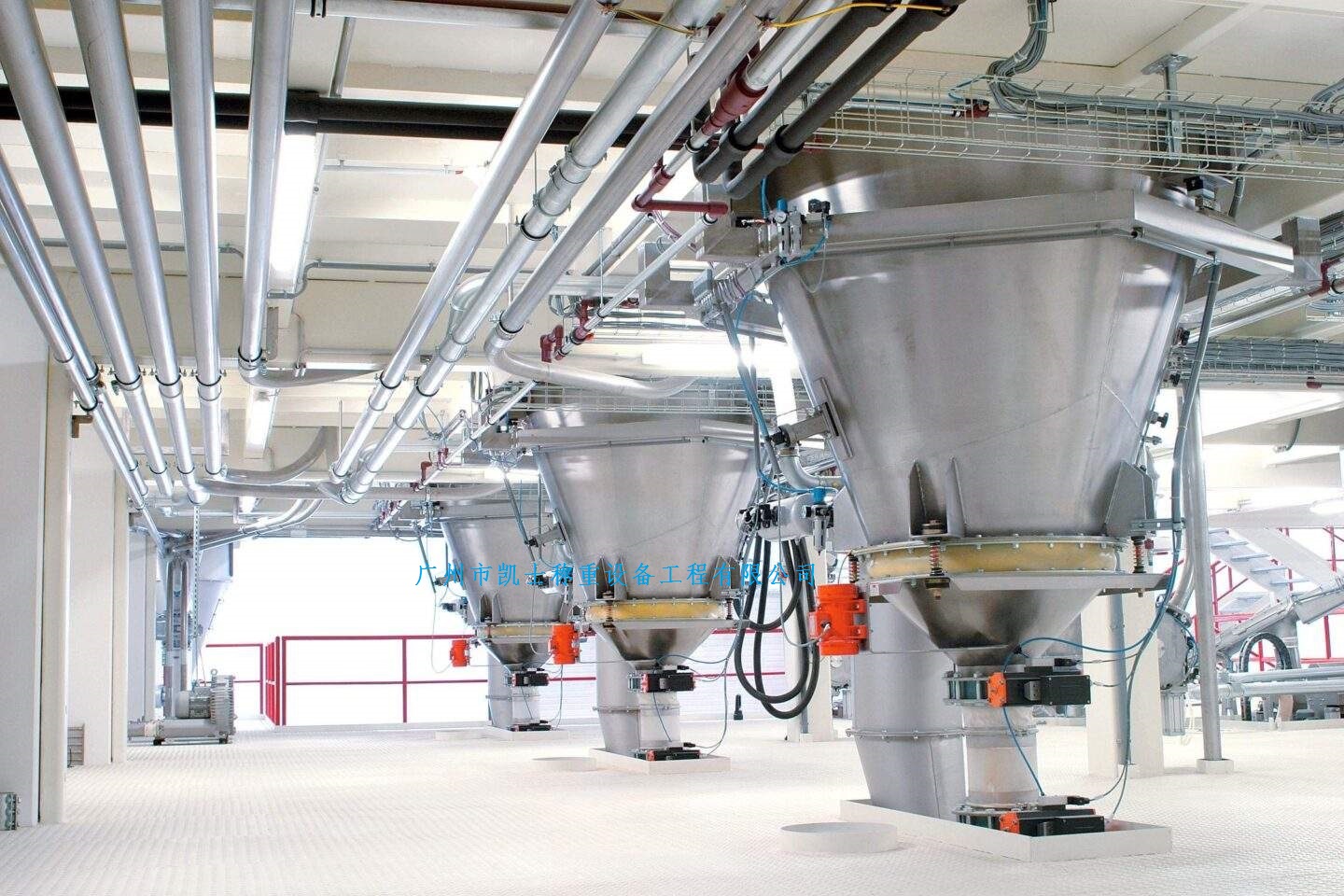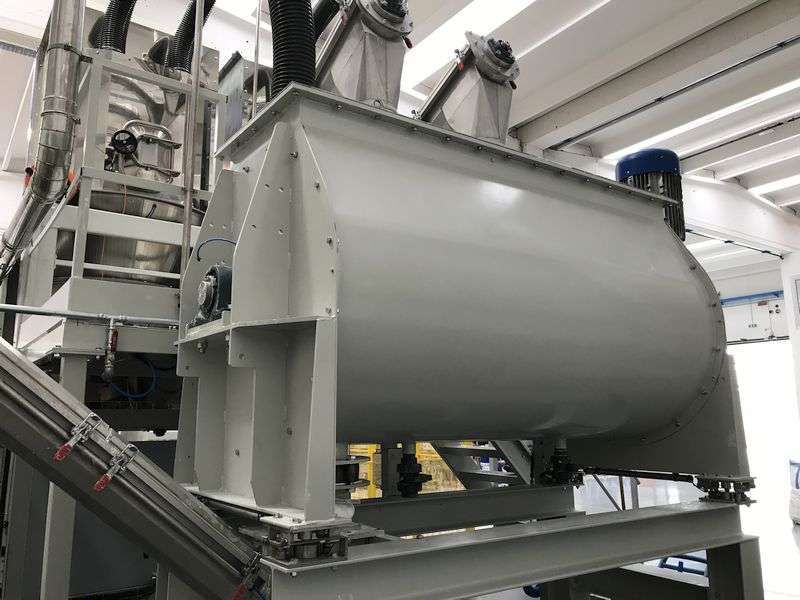

The weighing module displays the flow rate, load, cumulative value, etc. in real time on site. The pressure indication transmits power through the motor and is remotely transmitted to the central control room for centralized display by the on-site weighing instrument. The frequency converter regulates the switching switch and communicates with the main control computer. The control unit mainly consists of weighing instruments, with PLC serving as the auxiliary control system. The computer human-machine interface displays parameters and monitors real-time data.
 020-34563445
020-34563445The weighing module measures the weight of the wheels (axles) of urban rail vehicles by measuring the weight of each wheel, thereby completing the weighing work. After multiple explorations, the weights of the 8 wheels were measured using 8 weighing module units, and then the T, F2, and C2 modules were weighed by moving the vehicle. Among them, the wheels in the T module were weighed twice in total, and the average value was taken as the final weighing result. Multiple weighing experiments conducted on site revealed that although this weighing method failed to meet the ideal conditions of simultaneous lifting and weighing of the vehicle body, due to the structural characteristics of the multi-module low-floor car, the influence of this factor on the weighing results was very small, and the resulting error was completely within the allowable range of urban rail vehicle weighing.
The weighing module directly integrates the on-site weighing track into the PLC control system, forming a fully integrated weighing control system. The weighing module performs the weighing track function, while the CPU of the PLC performs the interlock control function, communication function with the upper computer, etc. The weight signal of the load cell is collected by the data module, the encoded pulse signal of the speed encoder is collected by the high-speed counting module, the analog input module is used for the collection of external setting signals for 4mA~20mA flow, and the analog output module is used for frequency converter control and instantaneous 4mA~20mA flow output. The digital input and output module is used for the digital input and output control of the track scale, as well as providing the digital input and output signals required when connected to the outside.
Technical parameters
Rated load: (R.C.) 5,10, 15, 20, 30, 40, 50 tons
Rated output: (R.O.) 2±0.0050mV/V
Zero-point equilibrium :±0.01mV/V
Comprehensive error :±0.03%R.O.
Nonlinearity :±0.03%R.O.
Lag :±0.03%R.O.
Repeatability :±0.02%R.O.
Creep :±0.03%R.O. (30 minutes)
Normal operating temperature range :-10... + 40 ℃
Allowable operating temperature range :-20... + 70 ℃
The influence of temperature on sensitivity :±0.02%R.O./10 ℃
The influence of temperature on zero point :±0.02%R.O./10 ℃
Recommended excitation voltage :10VDC
Maximum excitation voltage :15VDC
Input impedance: 770±10Ω
Output impedance: 700±5Ω
Insulation resistance :>5000MΩ
Safe overload :150%R.C.
Ultimate overload :300%R.C.
Elastic element material: alloy steel
Protection grade :IP66
Cable length :13 meters






























